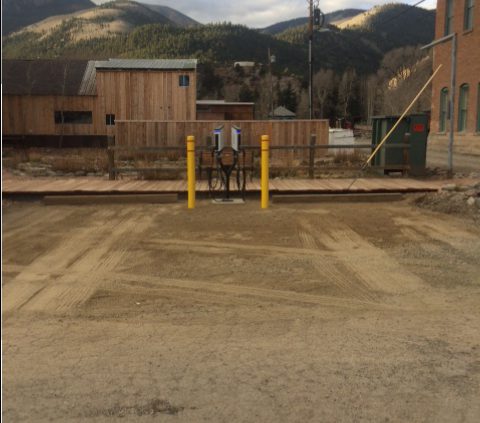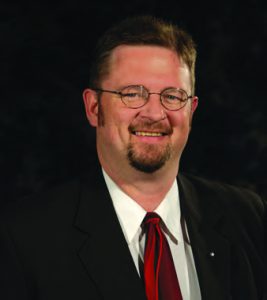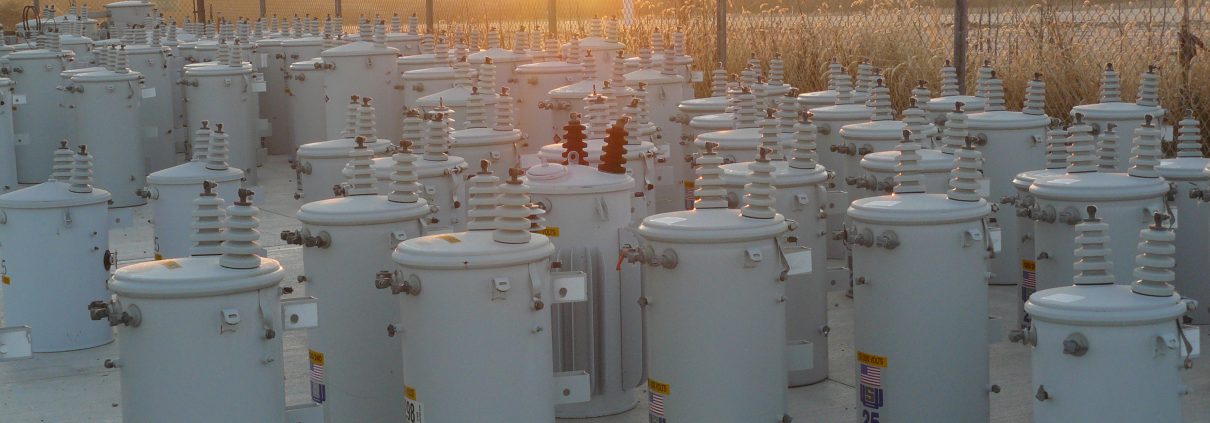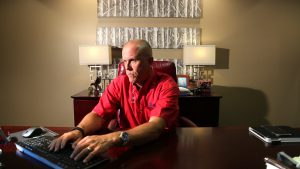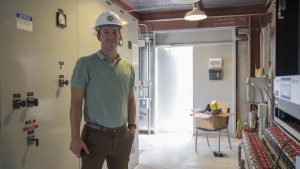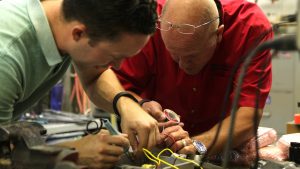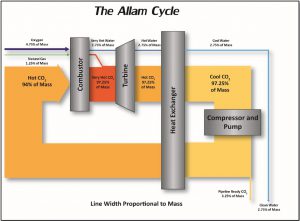Free Energy Resources for Colorado’s Rural Schools
Outdated lighting, heating and cooling can cost rural schools, on average, 30 percent more on their energy bills, according to a recent study by the U.S. Environmental Protection Agency. To combat this problem, the Colorado Energy Office’s Energy Savings for Schools program is under way and able to support up to 12 more schools this year.
“The ESS program builds off many years of the CEO’s programmatic work in the K-12 area,” Michael Turner, CEO’s energy efficiency programs manager, explains. Schools across Colorado saved energy and money through a variety of offerings, and now they are part of this program to bring all available resources to bear on those schools with the greatest needs.” It’s a great opportunity for schools looking to improve their learning environment through more efficient operations.”
Through the program, schools receive:
• On-site energy and water audits from an energy engineer
• Evaluation of renewable energy opportunities
• Technical support and energy coaching
• Implementation support and help identifying existing funding and financing options for completing projects
• Recognition for a school’s efforts and opportunities to engage students
• Connections with peer schools and a platform for sharing ideas and knowledge
When a new school joins the program, the ESS team works with the school to collect and review building utility data (electricity, natural gas and water) before the site visit. “Reviewing utility data before a site visit gives us insight into how a building is performing and highlights potential areas of concern,” ESS energy efficiency engineer John Butler says. “Concerns expressed by school staff are used along with insights gained from the historic utility data to help focus the site visit and assessment on problem areas and to customize our approach for each unique facility.”
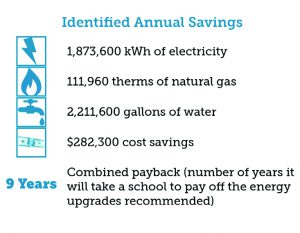 After the site visit, the energy engineer prepares a customized report with recommendations for the school. “We understand how limited resources — especially staff and financial resources — can be for these rural schools, so we prepare our reports with the aim to help each school prioritize strategies and next steps,” Butler says. “And the report is only the first step. We work closely with school staff to identify what projects make the most sense and help navigate the process of getting projects done. Many times, this means helping schools identify funding or soliciting and reviewing bids from contractors.”
After the site visit, the energy engineer prepares a customized report with recommendations for the school. “We understand how limited resources — especially staff and financial resources — can be for these rural schools, so we prepare our reports with the aim to help each school prioritize strategies and next steps,” Butler says. “And the report is only the first step. We work closely with school staff to identify what projects make the most sense and help navigate the process of getting projects done. Many times, this means helping schools identify funding or soliciting and reviewing bids from contractors.”
To help fund recommended projects, ESS staff identify other applicable CEO programs, local utility rebates and other state and local programs for schools to leverage. “There are no direct monetary costs for a school to participate in the ESS program. The only costs are associated with staff time to interact with the ESS team and any costs to implement after all external funding sources have been exhausted,” Turner says. “The ESS program supports, and, in turn, is supported by a number of CEO and other related programs, including the Renewable Energy and Energy Efficiency for Schools loan program, Supplemental Environmental Projects, High Performing School Program, Energy Performance Contracting and the Renew Our Schools Program.”
To date, 23 schools received their energy reports and began implementing projects. The graphic to the left outlines the collective potential savings identified for these schools.
Legacy Academy, a tuition free, K-8 charter school in Elizabeth, is one of these schools. “As an administrator who is not an expert in energy savings projects, it was incredibly valuable to have the support from this team when receiving project bids,” explains Legacy Academy’s principal Kurt Naber. “The comprehensive energy audit, combined with guidance and input from the ESS team, helped me to feel confident and well-informed when presenting options to Legacy’s board of directors.”
Legacy Academy is poised to save $13,420 annually as a result of lighting upgrades, ceiling fans and water fixture upgrades installed this year.
“We have been pleased and impressed with the knowledge and assistance that the ESS program has brought to our school,” Naber says. “The representatives from ESS have been a great resource for us as we have evaluated bids and moved forward with several energy-saving projects. Their input gave us assurance that we are making well-informed decisions.”
In addition, with support from the ESS program, Legacy Academy applied for and was awarded Energy Star building certification in November as a result of its efforts to improve efficiency. Energy Star certified buildings outperform 75 percent of similar facilities across the country.
Don’t let your local school miss out on ESS resources to optimize energy performance and save money. CEO is actively recruiting schools from Colorado’s rural and low-income areas to participate in the program’s second year.
If you know a school that might benefit from the program, share this information with a school representative or contact the program manager, Susan Blythe, at SBlythe@BrendleGroup.com or 970-207-0058 ext. 310. More information is available at bit.ly/CEOenergysavings.






